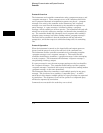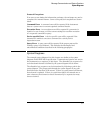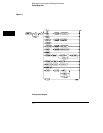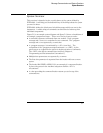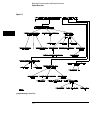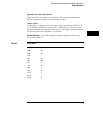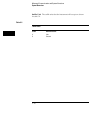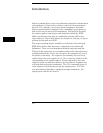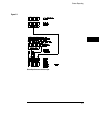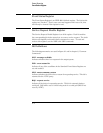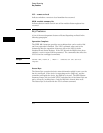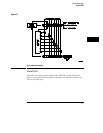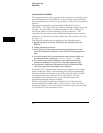
Introduction
Status reporting allows you to use information about the instrument in
your programs, so that you have better control of the measurement
process. For example, you can use status reporting to determine
when a measurement is complete, thus controlling your program, so
that it does not get ahead of the instrument. This chapter describes
the status registers, status bytes and status bits defined by IEEE
488.2 and discusses how they are implemented in the 1660-series
logic analyzers. Also in this chapter is a sample set of steps you use to
perform a serial poll over GPIB.
The status reporting feature available over the bus is the serial poll.
IEEE 488.2 defines data structures, commands, and common bit
definitions. There are also instrument-defined structures and bits.
The bits in the status byte act as summary bits for the data structures
residing behind them. In the case of queues, the summary bit is set if
the queue is not empty. For registers, the summary bit is set if any
enabled bit in the event register is set. The events are enabled via the
corresponding event enable register. Events captured by an event
register remain set until the register is read or cleared. Registers are
read with their associated commands. The *CLS command clears all
event registers and all queues except the output queue. If *CLS is
sent immediately following a <program message terminator>, the
output queue will also be cleared.
6–2



